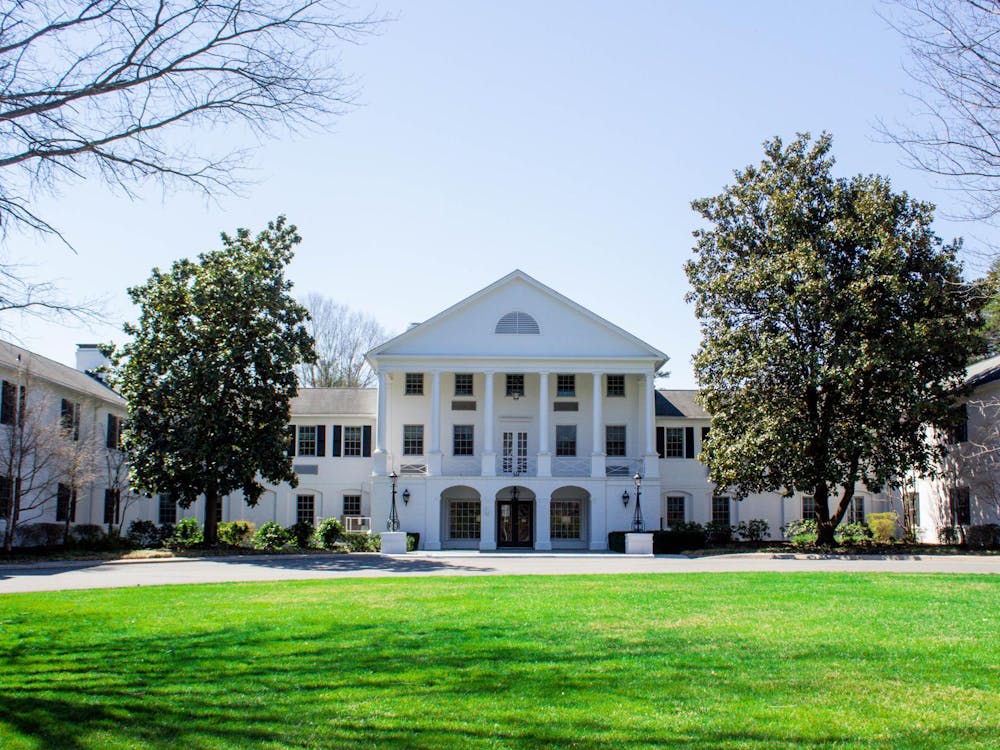In cities, traffic is normal. Anyone driving up 29 during rush hour knows traffic. Anyone who has been to DC, New York, London, Rome, Tokyo or Jerusalem knows traffic. It takes hours to cross Jerusalem by car because of traffic. But during the Intifada, when suicide bombings struck buses and pizza parlors, there was no traffic. The roads were emptied out of fear. People did not want to wonder whether the bus in front of them, or G-d forbid the one they were on, would explode. There may have been a bomb strapped to a teen, who was taught the kind of things he needs to believe in order to strap a shrapnel filled vest around his heart. An explosion that left nothing of him, and launched the packed metal, like bullets in all directions. During the Intifada it took 15 minutes to cross a city that in today’s traffic would take hours.
In this context, Israel built a wall. The mock wall drawn by Students for Peace and Justice in Palestine (SPJP) decries the wall because it separates people. Although SPJP ignores any context about why Israel would build such a wall, they are right that the wall should not be there. It is ugly. It is bad for friendships. It is bad for business. The separation it causes is bad for peace. It contributes to an ‘otherness’ that no one, especially Israelis, want. But the wall saves lives. The wall stops bomb vests from getting to supermarkets. In populated areas, it is tall and concrete. This stops the snipers from aiming at apartments. No one wants the wall, but they know they need it for now. Anyone who questions that should try to drive from a Jerusalem suburb to the old city. Enjoy the traffic.
Joel Taubman
Class of 2013






